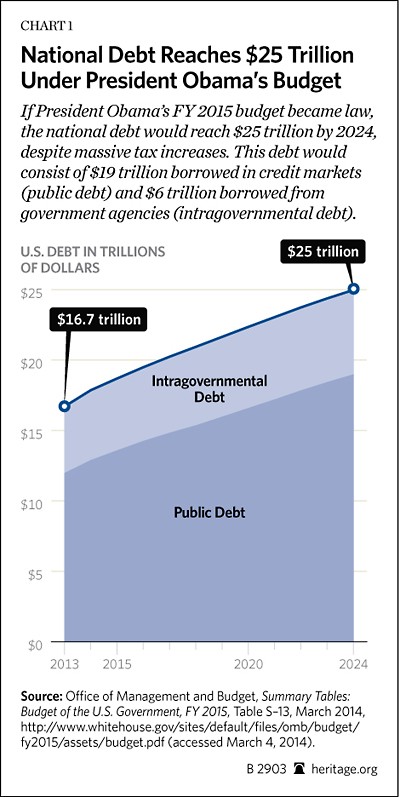February 2014 Update on Federal Budget Sequestration Affecting Build America Bonds and Other Direct
Post on: 18 Апрель, 2015 No Comment

February 2014
On February 15, 2014, President Obama signed into law S. 25, An Act to ensure that the reduced annual cost-of-living adjustment to the retired pay of members and former members of the Armed Forces under the age of 62 required by the Bipartisan Budget Act of 2013 will not apply to members or former members who first became members prior to January 1, 2014, and for other purposes. The Act repeals the reduction in cost-of-living adjustments (COLA) for certain military retirees that was included in the Bipartisan Budget Act of 2013, enacted in December 2013. The cost of repealing the COLA reduction and of establishing a fund to prevent reductions in Medicare payments to physicians is offset by extending the sequester for “nondiscretionary” expenditures, including interest subsidy payments to issuers of build America bonds and other so-called “direct pay bonds,” for an additional year to 2024. This follows the two-year extension included in the Bipartisan Budget Act of 2013 that was described in our January 2014 Update on Federal Budget Sequestration Affecting Build America and other Direct Pay Bonds. The budgetary sequestration for direct pay bond subsidy payments will now cover 13 fiscal years overall. The direct pay bonds affected by this development include build America bonds, recovery zone economic development bonds, qualified zone academy bonds, qualified school construction bonds, qualified energy conservation bonds and clean renewable energy bonds.
According to the office of Tax Exempt Bonds within the Internal Revenue Service (IRS-TEB), direct pay bond subsidy payments processed from and after October 1, 2013 through September 30, 2014 are being reduced by a federal fiscal year 2014 sequestration rate of 7.2 percent. The sequestration rate for federal fiscal years 2015 through 2024 will be set from time to time in the future, unless Congress takes additional action to change or eliminate the sequestration percentage.
IRS-TEB has advised that issuers of direct pay bonds should complete IRS Form 8038-CP as directed in the instructions for the form, claiming the full amount of the direct pay subsidy to which they would be entitled absent sequestration, and has noted that issuers will receive correspondence concerning the subsidy payment reduction after they file the form.
As we have noted in previous client advisories, in light of the implementation of the sequestration, issuers of direct pay bonds may wish to consider whether and to what extent they are currently in a position to exercise a special or extraordinary call right (if any) under the terms governing their direct pay bonds. The answer to this question will turn in part on the specific language creating the call right in the relevant bond document or statutory authorization, and on the economics of refinancing the direct pay bonds from other sources, including the cost of any redemption premium associated with the call of those bonds.
Lawyers in the Public Finance Department of Edwards Wildman Palmer LLP continue to actively monitor developments relating to sequestration and, more broadly, the proposals being made from time to time to limit or repeal the exclusion of interest on state and local bonds for purposes of federal tax law. We invite you to contact the Edwards Wildman lawyer responsible for your public finance matters or one of the authors linked above if you have any questions regarding sequestration, including the ability to call direct pay bonds, or the impact of federal tax law reform proposals on state and local bonds.














